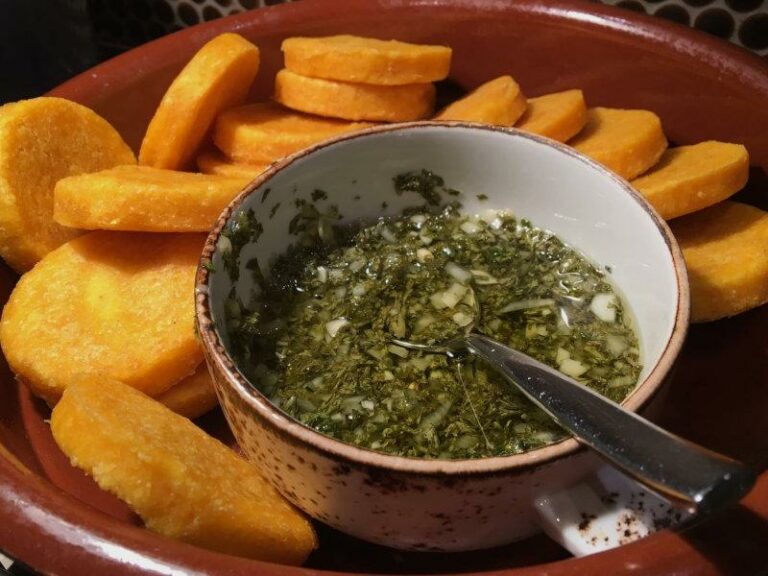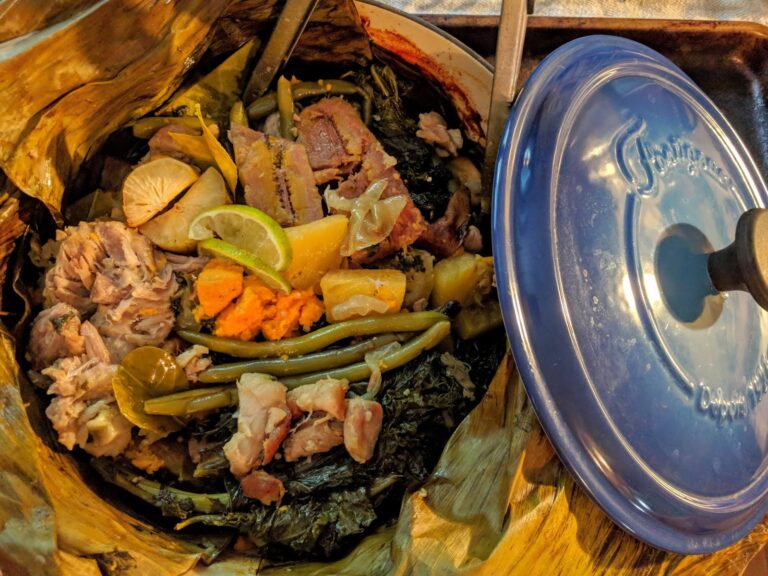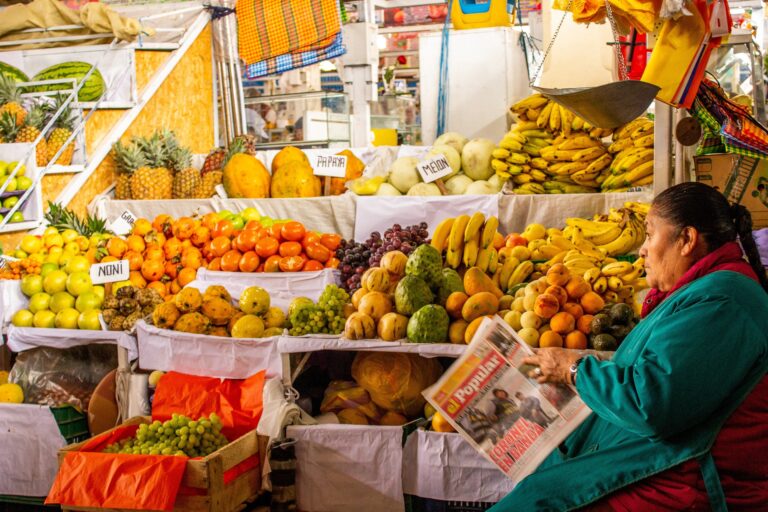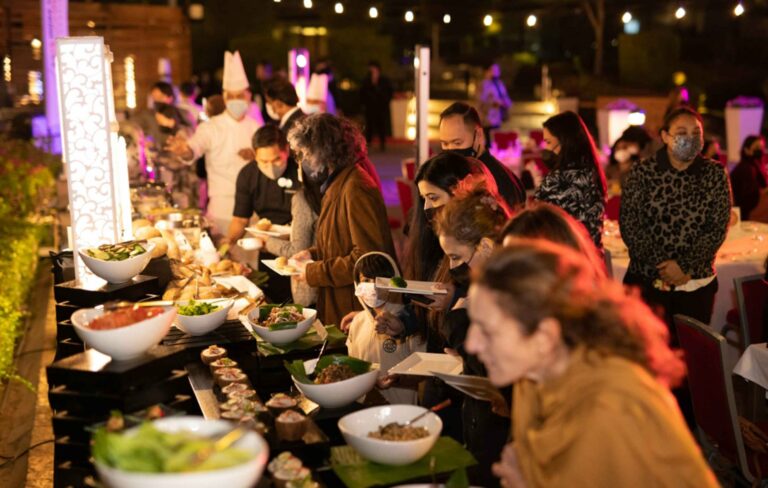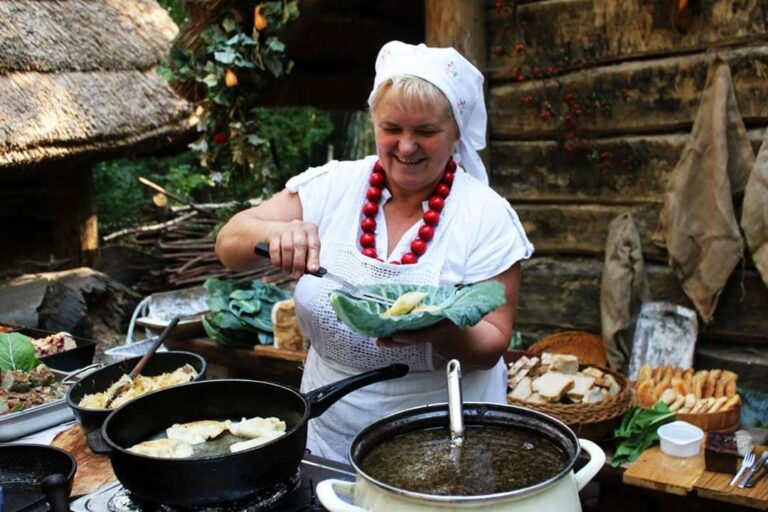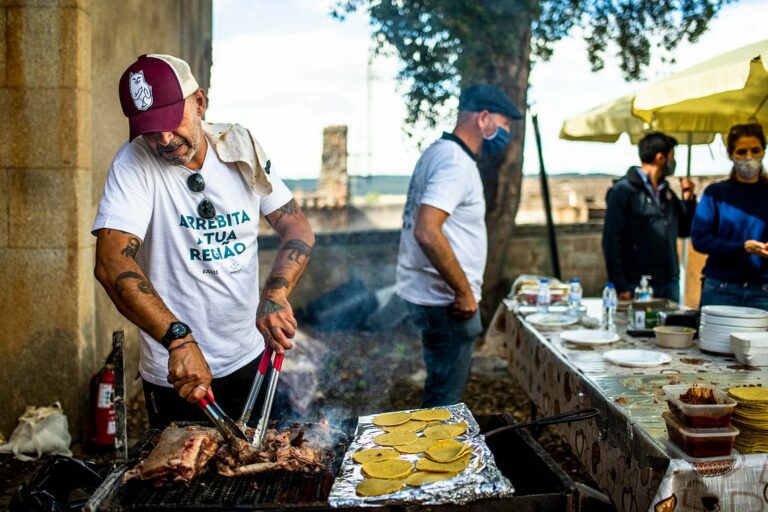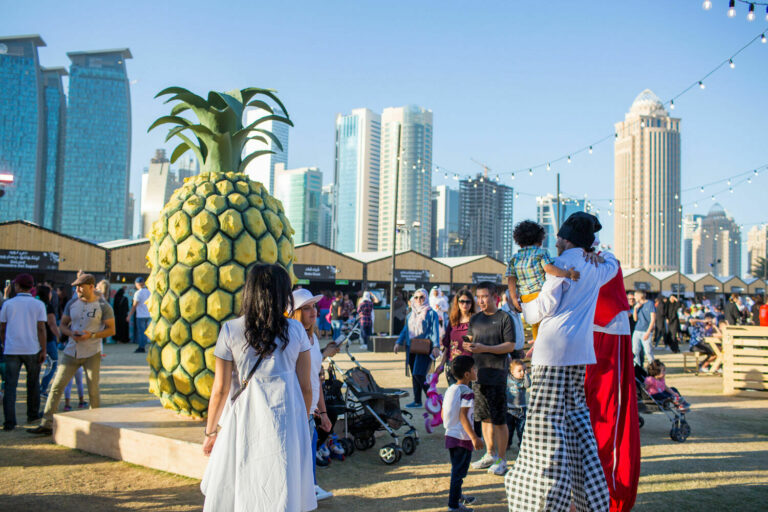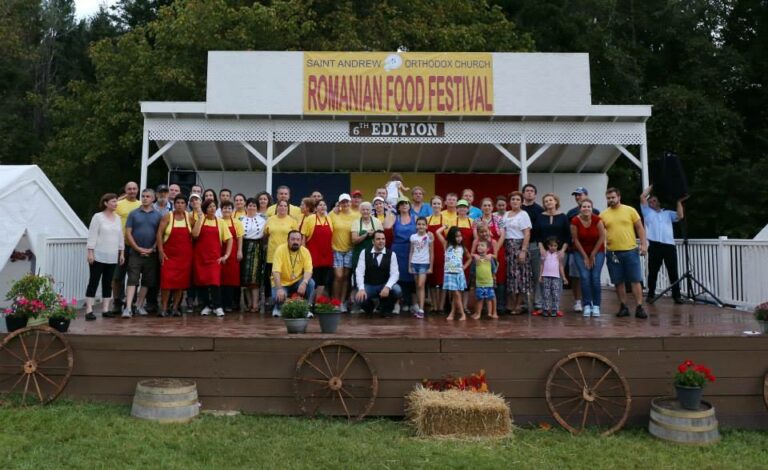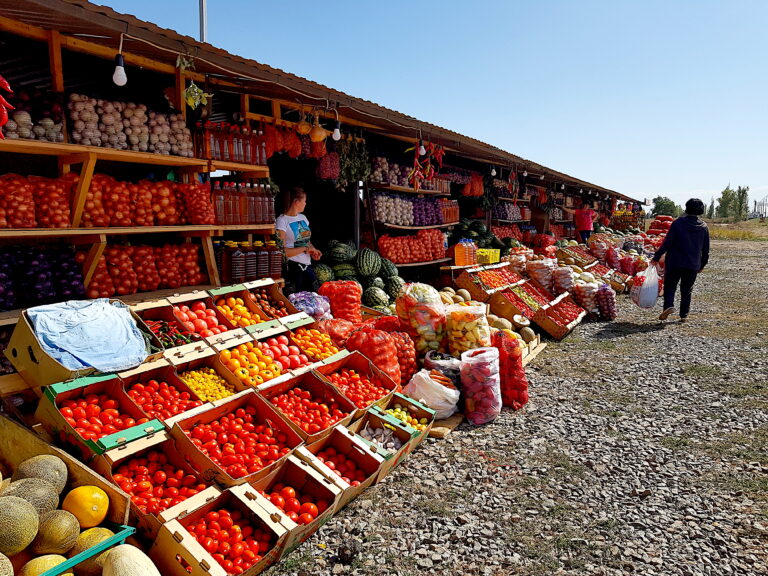Introduction: Exploring Panama’s Culinary Scene
Panama’s culinary scene is a vibrant and diverse mix of traditional flavors, regional specialties, and international influences. From the fresh seafood of its coastal regions to the hearty stews and soups of its highlands, Panama offers a rich tapestry of flavors and ingredients that reflect its history and cultural heritage. Whether you’re a foodie looking to explore the local markets and festivals or simply in search of a delicious meal, Panama has plenty to offer.
Traditional Foods and Ingredients in Panama
Panamanian cuisine is unique and flavorful, with a range of traditional dishes that are both hearty and satisfying. Some of the most popular ingredients in Panamanian cooking include yucca, plantains, rice, beans, coconut, corn, and a variety of seafood. Some of the most famous dishes in Panama include sancocho, a hearty stew made with chicken, vegetables, and root vegetables, and ceviche, a refreshing dish made with fresh seafood marinated in citrus juice and spices. Other staples of Panamanian cuisine include empanadas, tamales, and arroz con pollo (chicken and rice).
Local Markets: Where to Find Fresh Produce
One of the best ways to experience the flavors of Panama is to visit the local markets, where you can find a wide variety of fresh produce, meats, and seafood. In Panama City, some of the most popular markets include the Mercado de Abastos, which sells everything from fresh fruits and vegetables to spices and local handicrafts. The Mercado de Mariscos is a must-visit for seafood lovers, with vendors selling everything from ceviche to whole fish. Other markets worth checking out include the Mercado de Artesanias de Balboa, the Mercado de San Felipe Neri, and the Mercado de la Basura (the “Garbage Market”), which is known for its eclectic mix of goods.
Regional Festivals: A Celebration of Food and Culture
Panama is home to a variety of festivals and celebrations throughout the year, many of which revolve around food. Some of the most popular food festivals in Panama include the Festival del Mango (Mango Festival) in Capira, the Festival del Maiz (Corn Festival) in Chiriqui, and the Festival del Camote (Sweet Potato Festival) in Penonome. These festivals are a great way to sample local foods and learn about the culture and history of Panama.
Panama City’s Food Scene: Exploring the Capital
Panama City is a foodie’s paradise, with a diverse range of restaurants, cafes, and street vendors serving up everything from traditional Panamanian dishes to international cuisine. Some of the most popular restaurants in Panama City include Las Tinajas, which serves traditional dishes like sancocho and arroz con pollo, and Los Años Locos, which offers a fusion of Panamanian and international flavors. For a taste of the city’s street food scene, head to the Mercado de Mariscos, where you can sample fresh ceviche and other seafood dishes.
Conclusion: Savoring the Flavors of Panama
Panama’s culinary scene is a rich and diverse mix of traditional flavors, fresh ingredients, and international influences. Whether you’re exploring the local markets, attending a food festival, or dining at one of the city’s many restaurants, there’s something for every taste and budget. So why not take a culinary tour of Panama and savor the flavors of this vibrant and welcoming country?

